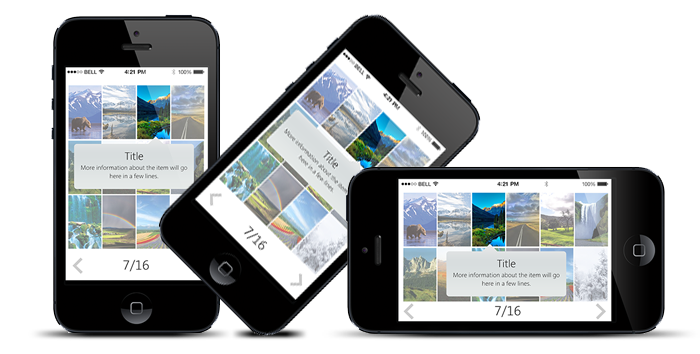General Guidelines
Desktop/Web
- Browser Support
- Windows
- Installers
- Consoles
- Dashboards
- Workspaces
- Navigation
- Forms
- Validation
- Error Messages
- Labels/Required Fields
- href="forms-inline-messaging.php">Inline Messaging
- Edit in Place
- Status/Progress Indicators
- Tab Indexes
- Input Prompts
- Selection
- Disabled Fields
- Structured Format
- Search
- Grids/Tables
- Dialog Boxes
- Modals
- SuperBox
- Wizards
- Messages
- Progressive Disclosure
- UI Controls
- UI Text (IDD)
- Data Visualization
Mobile (Tablet & Phone)
- Resolutions
- Gestures
- Touch
- UI Controls
- Buttons
- Check Boxes
- Color Picker
- Date Picker/Calendar
- Drop Down List
- Combo Box
- Groups and Separators
- Links
- List Boxes
- Progress Indicators
- Radio Buttons
- Scrollbars
- Sliders
- href="mobile-snap-drag-controls.php">Snap-Drag Controls
- Spin Controls
- Status Indicators
- Text Boxes
- Toolbars
- Screen Orientation
- Page Composition
- Display of Information
- Control and Confirmation
- Revealing More
- Widgets
- Input and Output
- Input Method Indicator
- Autocomplete and Prediction
- href="mobile-directional-entry.php">Directional Entry
- Press and Hold
- Focus and Cursors
- Input Areas
- Form Selections
- Mechanical Style Controls
- Clear Entry
- Tones
- Voice Input
- Voice Readback
- Voice Notifications
- Haptic Output
Visual Design Guidelines
Mobile - Screen Orientation
Problem
You must provide a way for any device orientation changes to display content in the manner most readable and comfortable to the user.
Many devices have accelerometers, dedicated rotation switches, or both. This hardware, and any other OS-level orientation changes should be respected by all applications and other content. When not available at the OS level, orientation can often be changed anyway, if it would be more helpful to the user./p>
Solution
Mobile devices are small, portable and unlike desktop computers can therefore be manipulated and viewed in any manner. Naturally, users will rapidly face the screen the correct direction, but after this should be allowed to choose their preferred viewing Orientation. Content must be presented in a useful format in whichever orientation is chosen, modified to fit the screen, but without changing context, or modifying existing user entry.
This change must be performed either automatically, or with an obvious or deeply-integrated physical mode switch.
This pattern exclusively addresses screen orientation or activation, and does not discuss use of the orientation sensors as a gestural control. For generalized discussion of position and orientation, see the Kinesthetic Gestures pattern. For some methods of employing more subtle orientation changes, see the pattern on Simulated 3D Effects.
Examples
